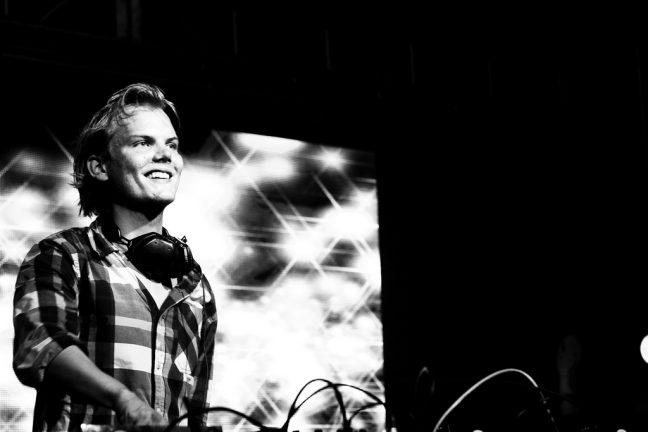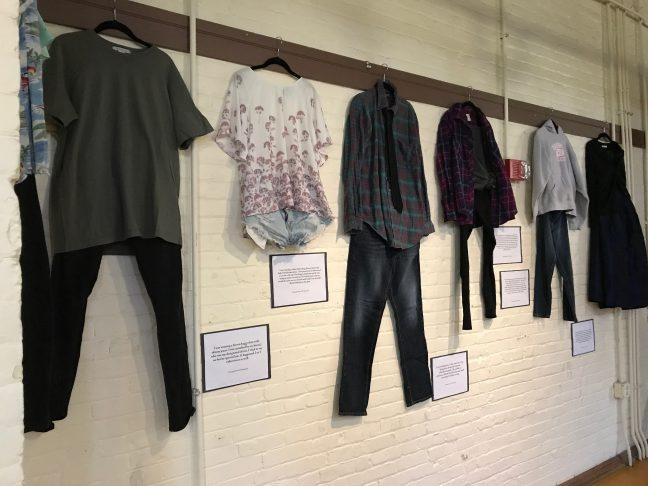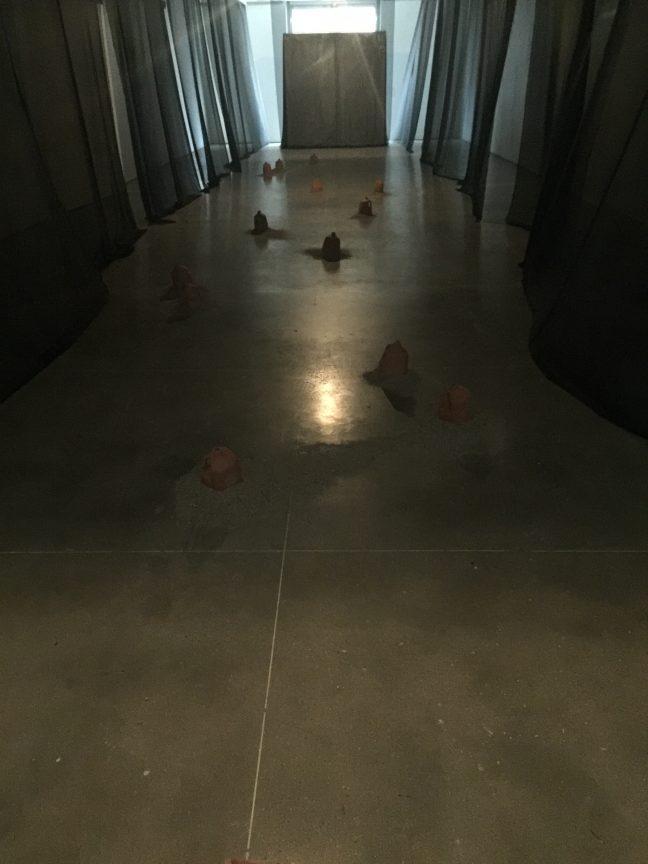
The latest art exhibit from UW’s National Alliance on Mental Illness,
entitled “Healing by Design,” will feature the work of artists in the Madison area living with serious mental illness. “Healing By Design” will allow viewers to peer beyond the mental illness that afflicts featured artists to explore the layers of emotion beneath.
NAMI-UW, founded six years ago, seeks to raise awareness and support local individuals both directly and indirectly affected by mental illness. NAMI-UW awareness activities result from the cooperation between students and community members. “Healing by Design” will showcase the function of art as a tool to treat mental illness. As it has evolved, the group has expanded its influence.
“I think we have done a better job at connecting with community resources as we’ve grown,” said one of NAMI-UW presidents Claire Leback. “We’ve done anything from dances to handing out information in Library Mall. We’ve also done dorm outreach and presented various information about mental illness and engaged the students that way.”
The group’s efforts haven’t gone unnoticed. Members of NAMI-UW have found their work well-received by the student body, garnering many good reviews.
“People have stopped by our booth and always ask a lot of questions and are willing to come and be a part of the group,” Leback said.
Providing a lead-in to May, which is observed as Mental Health Awareness Month, “Healing by Design” will consist of two-dimensional work from prints to paintings and will unpack the idea of recovery for viewers.
“I know recovery can mean a lot of different things. Recovery can mean not making your illness your person, establishing your own identity and living life to the fullest,” Leback said. “I think it’s important to break the silence about [mental illness] and get people talking, just because then it makes it a whole lot easier for people to get treatment and talk to their family and friends about it.”
The art show will feature work from artists produced through the community outreach programs Cornucopia, Off the Square Club and the VA hospital. But the exhibition is more than just a showcase for local art therapy clubs; it’s a opportunity to highlight the personalities of the artists underneath their mental illness.
“The art in the exhibit serves as a visual journal for featured artists, allowing them to document emotions often too powerful to verbalize,” Leback said. “I think it will be really interesting to find out who these people are and how they express themselves.”
The artists featured in the exhibit have been diagnosed with the gamut of mental illnesses, ranging from bipolar disorder, to depression, to schizophrenia. The exhibit will also serve to draw attention to less common but equally incapacitating forms of mental illness.
“I think one that doesn’t get a lot of press but is very important is anxiety,” Leback said. “It’s not just feeling nervous about a test or anything, but [anxiety] can really affect whether you go out, whether you socialize.”
In an era where pills exist to treat most any ailment, the exhibit will also reinforce the legitimacy of alternative treatments for mental illness.
“I hope that [viewers] start thinking about … how art can play a role in alternative therapies and recovery — and that’s what I’d really like them to walk away with in their mind: the different possibilities of coping with different issues in life,” Leback said.
The awareness efforts of a group like NAMI-UW are especially significant on a college campus as many mental illnesses are diagnosed during late adolescence. Though mental illness is the main focus of “Healing by Design,” Leback said the exhibit offers several universal lessons.
“Sometimes with mental illness, the expression of emotions can be really difficult or challenging,” Leback said. “NAMI-UW wanted to recognize the value of community programs that support the expression through art and celebrate the role that art plays in the road to recovery.”
“Healing by Design” can be viewed from April 11 through April 19 on the 2nd floor of the Red Gym.



















